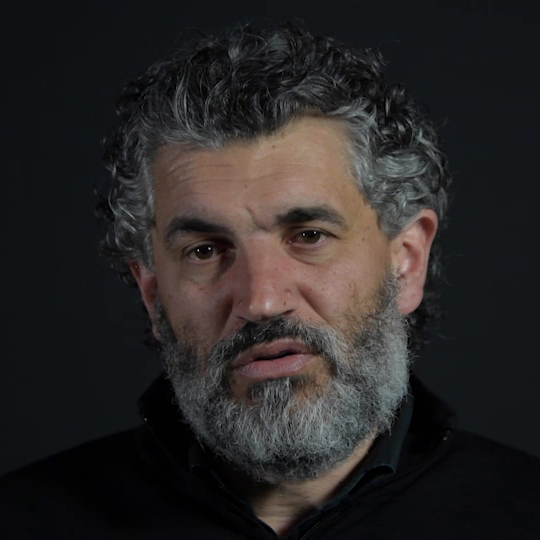Giovanni Corti
The white giant, symbol of the Val di Chiana
Our site saves small pieces of text information (cookies) on your device in order to deliver better content and for statistical purposes. You can disable the usage of cookies by changing the settings of your browser. By browsing our website without changing the browser settings you grant us permission to store that information on your device. I agree
This icon identifies the places described in the “Paesaggi Narrativi” (Narrative Landscapes)
This one, on the other hand, identifies the areas in the “Paesaggi del Benessere” (Landscapes of Wellness)
Check out this symbol which gives you a 360-degree view of the amazing landscapes
Sinalunga is one of the areas in which the industrious nature of the Val di Chiana has taken the form of brick kilns and artisan companies, in various sectors, such as wood and brick, in addition to agriculture, of course. Here the miracle took place, as in nearby Torrita, of the transition from sharecropping to the beginnings of industrialisation. This prompted many young people linked to the land by family tradition, to seek a way out by working in companies first as employees, until they became small business owners. Hard life: long working days but, in the end, plenty of satisfaction. Now the productive fabric faces other challenges, while the tertiary sector advances. These are the last phases of transition of a territory that was once an immense lake, watched over by border castles that still make Sinalunga a polycentric town, where past and present in the form of the remains of a medieval fortification, a village surrounded by olive trees, warehouse or shopping centre, coexist at a respectful distance, marking the passage of time.
The first documents mentioning Sinalunga date back to the 12th century, a period that was linked to the Cacciaconti family. There was an important staging post here on the Via Cassia Vetus, called Ad Mensulas, mentioned in the famous Peutinger Map, where the Romanesque parish church of the same name stands today, dedicated to St. Peter. As for the name of Sinalunga, it derives from Asinalonga (Ad Sinus Longus, or towards a long inlet, like the one that was formed by the Foenna stream). The castle became part of the Republic of Siena at the beginning of the 14th century. Few traces of the past remain of Bettolle, the ancient Casale Betulia, just as it is hard to image the vast swamp of the Chiana being used as a port in the past. Rigomagno is a border castle built by Siena, traces of which date back to 1248. The name of this hilltop settlement is linked to the stream considered a Rigum Magnum (an important watercourse) near which the original town was located on the plain. Farnetella, a well-established castle, was rebuilt in 1392. Scrofiano has a very old part of the fortification that dates back to the 11th century, while the town hall was built between the 14th and 15th centuries in a style similar to those of Rigomagno and Sinalunga. The Amorosa farm, on a hill inhabited since Etruscan times, had its fortifications taken away by Siena in the 15th century. The buildings passed from the Chigi Saracini to the Piccolomini family and became an important hospitality structure and production centre in the last century. Nearby Fratta was the birthplace of the gentleman-brigand, Ghino di Tacco in 1285, part of the Cacciaconti family. The manor house, the work of Peruzzi, and the frescoes in the church, by Sodoma, date back to the early 1500s. In 1934, this was one of the three farms chosen to create the first set-ups for the selection of Chianina meat. Even now, it is still considered to be one of the most successful Tuscan farms. The picture is completed by Gardavalle, Rigaiolo and Guazzino (the name appears to be linked to a certain Guazzino di Montepulciano and his son, Duccio di Guazzino, mentioned in a document dated 1310). This last town underwent significant development in the first half of the twentieth century thanks to the clay quarries, transformed by large brick kilns.

The white giant, symbol of the Val di Chiana

Every town, lots of associations: the pride of belonging

The white giant, symbol of the Val di Chiana

Every town, lots of associations: the pride of belonging